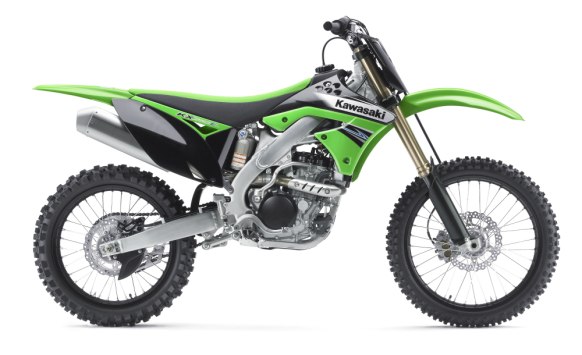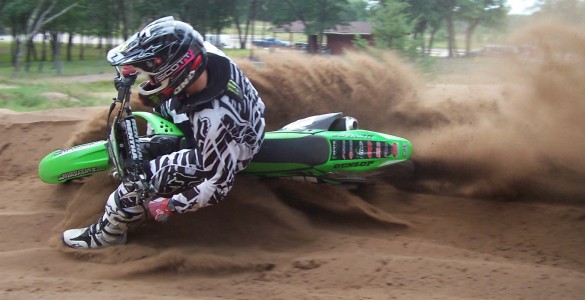Unique facts about Off-Road motorcycles..
Off road motorcycles are something alien to most Indians. So far now we have never had any history of an off road bike being commercially successful in India. To most of us, any motorcycle with raised suspension and minimalistic body work is a “Dirt Bike”.

Like most Indians I too never fully understood the details which make off road motorcycles stand out or which makes them unique. I could not understand things like:
- "Why is the tank of an off road bike flat and small in shape?"
- "Why does the seat on an off road bike extend over the tank?"
- "Why does a rider stick his leg out while cornering an off road bike?"
Although I have not ridden any off road bike till date, this post is about some unique aspects of off road motorcycles that I have learnt over the years.
[A] Pure off road/Motocross motorcycles are NOT Street Legal
An off road bike in its purest form is called as a “Motocross” bike*. Motocross motorcycles are used only in Motocross racing (hence the name). These motorcycles do not adhere to pollution norms and can’t be registered for street use.

[* There are also some different forms which have evolved out of Motocross motorcycles, but I will post about those motorcycles in a different post]
[B] Pure off road/Motocross motorcycles do not have headlamp, tail lamp, speedometer or rear view mirror
Since motocross motorcycles are used specifically for racing or riding in closed circuits, they do way with the headlamp, tail lamp, speedometer or rear view mirror.

[C] Pure off road/Motocross motorcycles are single seaters
You obviously don’t need a pillion for racing, therefore these motorcycles are single seaters. Also motocross motorcycles are not designed for rider comfort and are therefore ergonomically uncomfortable for long stints on the saddle.
[D] Off road motorcycles have a larger front Wheel (compared to the rear wheel)
I have not ridden one but from what I have learnt is that having a bigger diameter front wheel makes maneuvering the bike over dirt/bad roads easier.

[E] Off road motorcycles have spoke wheels
Alloy wheels look cool on street motorcycles but off road motorcycles comes fitted with spoke wheels as spokes seem to take the pounding while riding over bad roads better than alloy wheels (which could crack on heavy impact).

[F] Off road motorcycles have a flat tank
One of the reason for having a small tank is because the bike is used primarily for racing around closed tracks, they do not need to carry large amounts of fuel. This also helps in making the bike lighter in weight.
The other reason for having a flat tank with the seat extending over the tank is because cornering an off road bike is different than a road bike and the rider needs to transfer his weight on the bike and hence the seat extends over the tank as well.
[G] Cornering on an off road bike is different
While cornering on a street motorcycle with a slight forward bias riding posture or on a track motorcycle with a forward bias stance, one usually sticks his/her knee out and bends the motorcycle around the corners. But on an off road motorcycle this is not possible.
The high handlebars and a high saddle height makes "hanging off" the off road motorcycle (like a street motorcycle) not possible.

To corner on an off road motorcycle, the rider slides up the flat seat transferring his weight on the front wheels which enables the front to get additional grip over the loose surface. The rider then sticks his leg out towards the side he wants the motorcycle to turn, this makes the motorcycle lean into the corner.

After taking the corner, the off road motorcycle rider then slides backwards on the seat to transfer his/her weight on the rear wheels now so that the rear gets more purchase out of the loose surface, enabling the off-road rider to power out of the corner smoothly.
[Note:
Back in the early-mid 90’s Bajaj did try to sell a “Dual purpose/On-off road” model called Enduro SX and Hero Motors did try to sell a BMW model called F650GS in India. But both models flopped badly]
Related Posts
- Not every KTM bike is an Off-Roader
- Hero Moto Corp to launch "Hero Impulse" a Dual Purpose/On-Off motorcycle in India [Aug 2011]
Disclaimer: This is to remind that the Views or Opinions in the blog are entirely mine unless explicitly stated. The Views and Opinions published in this blog should in no way be related to any other person or organization associated -- directly or indirectly -- with me.







